Have you ever played a game with a world and set of characters that were more important to you than the real world around you? If yes, then you know the tremendous impact of a carefully designed game narrative.
This post will help you to write game stories that will do exactly that to others. We will talk about Game Narrative Design and Storytelling in general.
But what is a “Narrative,” and how is it different from a “Story”? It can be a bit confusing, so let’s start by defining these two.


Need Game Art Services?
Visit our Game Art Service page to see how we can help bring your ideas to life!
What is Narrative Design?
Narrative design is the art of crafting compelling storylines and characters within a game or interactive experience, captivating both players and search engines with its immersive storytelling techniques.
Simply put, a story is a pre-authored piece of information about “something happening to someone.” The narrative is about how you tell that story.
Narrative deals with questions such as: In what order should I expose the audience to the events? How to connect the story with game mechanics? Should it be conveyed through dialogues or action-cut scenes?
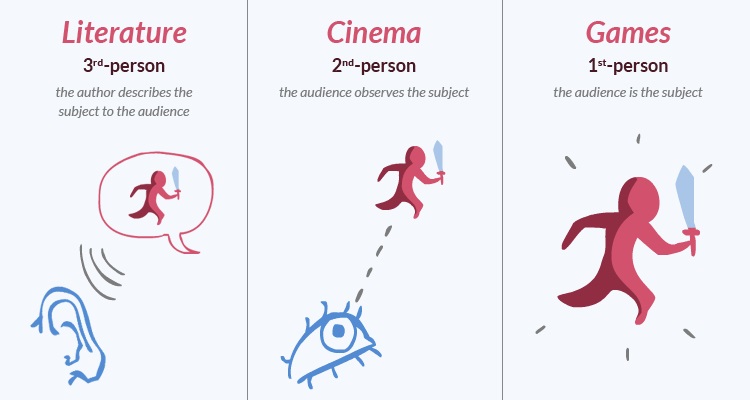
5 Unique Considerations of Writing for Games
Video games are the only true interactive format of storytelling, and that is why writing for a game wildly differs from that of a movie or a novel. It comes with its own special needs and techniques.
Many AAA games in recent decades have failed miserably because the company hired big-name writers from Hollywood or top-seller authors who knew next to nothing about the game medium.
In the game “Heavy Rain”, the story is about a father who has to struggle and sacrifice to save his kidnapped son. The narrative game design delivers the story mostly through cut scenes and dialogues.
However, the narrative design can take subtler routes. In Heavy Rain, the narrative starts right off the bat with a piece of somber intro music and a bleak menu that foreshadows all the heartbreak waiting for us inside the game. In a game such as “Dark Souls” the narrative game design exposes the story mostly through item description.
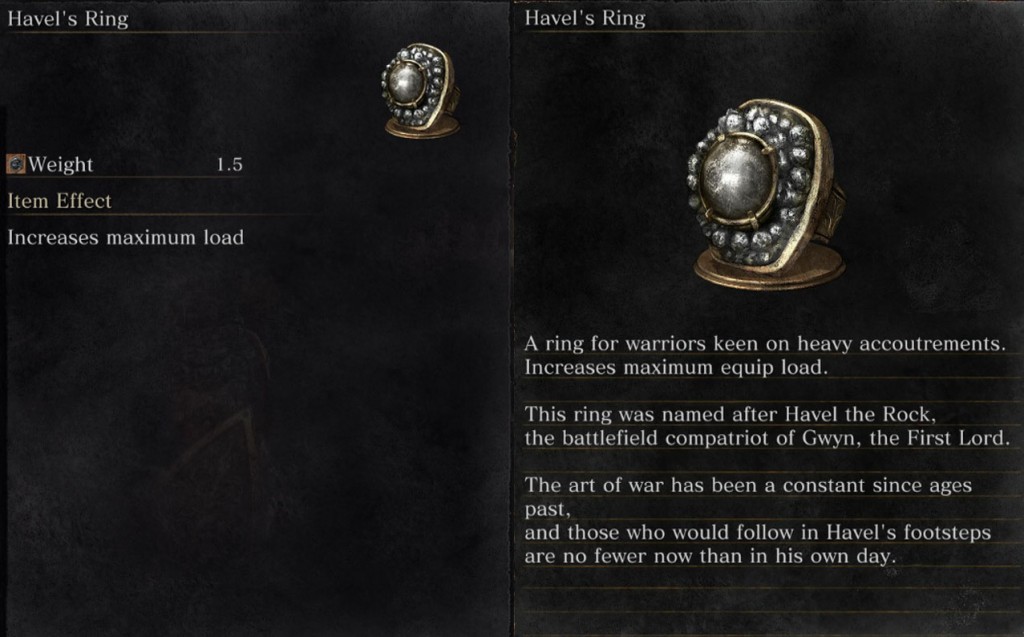
Countless people asked, “Where do you start with the narrative of a game?” Excellent question and one that many experts are grappling with. We can’t even remotely pretend to have a definitive explanation for this question, however, here are our common thoughts and how we normally do it.
Read More: What is the difference between game art and game design?
1. Match the Story with the Game, not Vice Versa!
Don’t begin with the narrative design; all the time, I’ve come across young designers who have a wonderful tale in mind that they want to create their game on. This is going to take you to a world of regret. Building a game around a story tends to trap you in a variety of ways.
First of all, it restricts what the mechanics can be. You’re going to get all these thoughts about what the characters should be able to do, how they can communicate, and what they should be able to do.
That’s going to ruin everything before you even start. You’re going to design these things out and try to make them work, but there’s no set of mechanics that came completely developed from the mind of the designer.
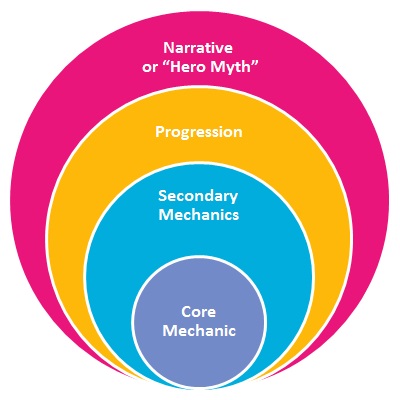
Instead, you’re going to end up with a lot of bloats that you’re going to have to kick and force into a form that’s appropriate to your players, and it seldom falls together in a tightly coherent way.
Getting your story prepared from the start will keep you from totally abandoning plans or chopping them down to the few that really work.
Rather than simply delivering the absolute best mechanics, you’ll try to deliver all kinds of stuff that can weigh down the rest of your experience. It’s all going to wreck you to failure. No one’s going to be interested in your story because it’s not being delivered in an enticing way.
2. Don’t Fall in Love With Your Story!
Another factor why beginning with the plot is a bad thing: is because doing so lures you into a particular collection of characters and locations. Maybe those characters and locations won’t fit the skills of your art team.
Maybe the players won’t find them interesting or engaging. Who knows how well those characters and locations are reading on-screen? And who knows how costly the design would be? Most importantly, who knows how malleable these characters and locations are?
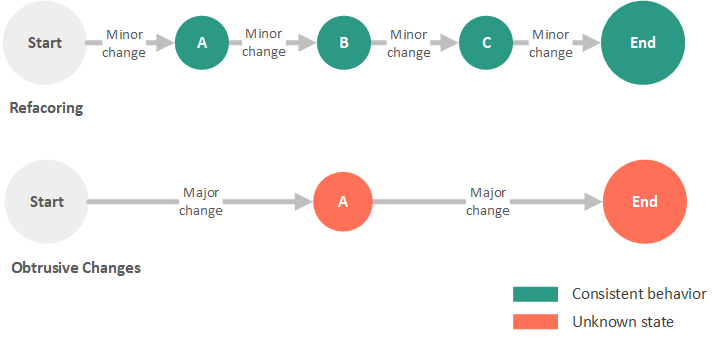
Your game will eventually experience some significant changes in development. Every game will. Would the elements of your story be able to adapt to suit those changes without breaking the whole plan?
Finally, if you begin with your story, you will be stuck to focus on the plot and a certain amount of storytelling. As a general rule, we would never say, “We’re going to tell this story” until we at least get a prototype of our game up and playable.
3. Good Game Stories Are Flexible
Using a pre-defined plot from the start is possibly one of the key reasons why so many game stories sound as contradictory and disconnected as they do. And all of this combines to drive you in a completely insane direction.
It seems to be much, much simpler to write a script for a scene than to actually be able to create all the assets needed to deliver the scene to the game: all the artwork, the animations, the sound, and the mechanics, both in terms of programming and design.
Starting with this bloated context that comes from starting with a tale, more than one team has been ruined. What I see many designers fail to understand is that 99 percent of the time, in many different environments, you can reveal all the important parts of your story.
All good game stories that matter are convertible, mutable, and capable of taking many forms. In reality, this is sometimes how you can say what’s really at the heart of your story. Looking at stuff that will work just as well for various characters, a different setting, with all of the specific materials replaced entirely.

I mean, think of a story like that of Othello. The tale will fit just as well in the distant future of the space empire as in medieval Denmark. It could have been set up in Rome. It may have anthropomorphic animals.
The key characters could be called Hamilton and Klaus. It could be a novel, a game, a film, a poem, or an opera, and it would still work. The same applies to any story you come up with for a game narrative design.
4. Start Your Game Story With a Single Emotion
Okay, let’s assume that Pixune, as a game art studio, will make a game. We’d just start our game narrative design by trying to understand what kind of emotion or ideas we want to explore with the game.
Then we’d work with our team to find genuinely convincing mechanics that allow us in some way to explore that concept or express that emotion.
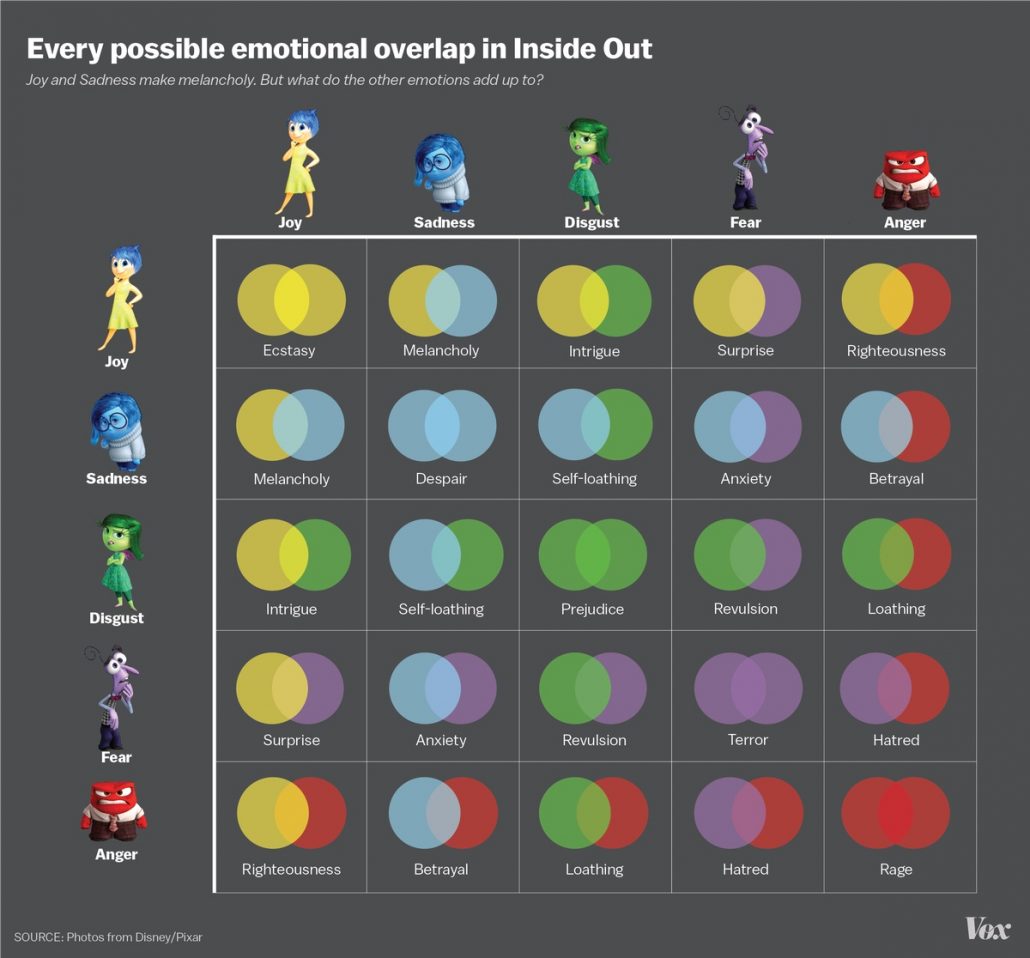
When we got that, we really started asking ourselves: what kind of story did these mechanics tell us? What do they mean besides that? What do they mean in and of themselves? From there, we create the barest bones of a typical tale and try to put together a level or a few minutes of play that embodies what we’re looking for.
5. Last but Not Least, Experiment Before Committing!
With the first level that we develop as a team, we expect to have to fully refactor or literally drop the level in the long run, but it allows us to get to grips with what we’re looking for. It allows us to understand the story that the game can tell, rather than try to force a story from the get-go.
Most importantly, it helps us understand how we’re presenting our narrative. So we know the cost of production for doing this, which in turn tells us just how much we can actually afford to maneuver.
What is a man but the sum of his memories? We are the stories we live, the tales we tell ourselves.
Subject 16 in Assassin’s Creed: Revelations
However, at the end of the day, you start with the things that really matter: the feeling at the heart of your work and the concept you’re hoping to pursue.
You’re going to be able to produce a much better story if it’s designed and fine-tuned through the production process than if you’d already begun the story first. I know it’s not what a lot of people want to hear, but trust me, in the end, it’s going to save you from a ton of suffering.
The Holy Trinity of Game Writing
Most people tend to think of game narrative design as one unified piece of the story. It really isn’t like that. Really, it’s three single things that work together! There are three distinct sections that makeup what we inadvertently call game writing: Plot, Character, and, finally, Lore.

And even in those rare cases when you’re hitting it out of the park on both of them, it’s nearly impossible to do so without breaking the narrative design down into those component parts and thinking about the facets of the game you’re going to focus on. So, let’s describe the Trinity of the game writing before we talk about how to deliver them properly.
Plot
The plot closely resembles the traditional concept of a story. It’s what you’re going to get if you strip anything except what actually happens. It’s what you say when describing a movie you’ve just seen to your friends.
Surprisingly, It can be the most confusing part of the trinity too. Take Kingdom Hearts games, for example. People typically speak about Kingdom Hearts as if they’re plot-driven games.
But almost every Kingdom Hearts game plot comes down to “A big bad one is trying to ruin the world, and a group of heroes is banding together to stop it.”

(Dragon Quest Heroes 2)
Some of them are somewhat more nuanced, as in Final Fantasy 10, where a young man is teleported through time by a time-manipulating sea monster that has to be kept at bay by religious rites and sacrifices.
Essentially it’s a big bad thing, the end of the world, the hero saves the day, and rides off to the sunset. That’s essentially the plot for most of them.
Character
The best JRPGs are the ones where the writers understand that JRPG games are not about the plot; they are about the character. Character writing is an aspect of game writing that fleshes out characters and reflects on their lives and challenges.
It’s the aspect that gives them personality, that makes them seem holistic that makes them relatable, or people you want to be.
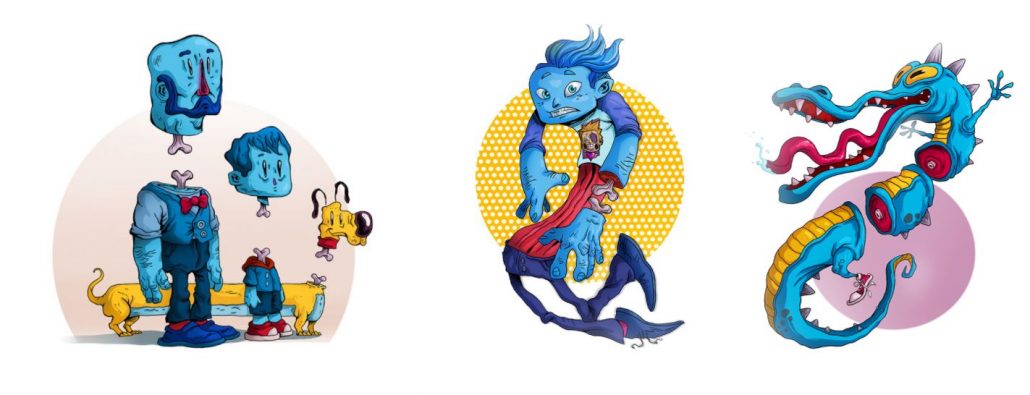
It’s the element that makes villains not only look like dolls and heroes but also stereotypical do-gooders. It’s moments like when you find out that Mordin likes Gilbert & Sullivan or that Kratos has had a hard time welcoming his son.
The curious truth about these moments, as a writer, is that they always come at the cost of the plot. These kinds of tiny touches, where characters sit around a campfire and chat about their dreams or their families, don’t really drive the plot forward.
Lore
Lore is all that makes the world seem vivid and alive. It’s the things that make you feel like the universe you’re playing in existed long before your characters got there, and that it exists beyond whatever your characters are doing.
These are the descriptions of the items in DOTA, the scrolls in Skyrim, and the text shown in mouseovers in Battletech.
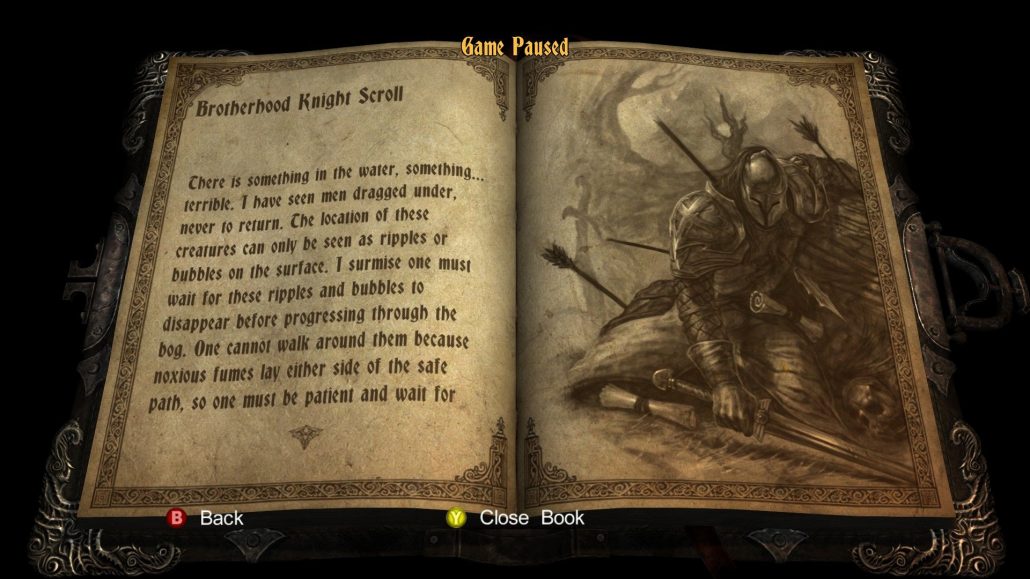
How to Create the Holy Trinity of Game Writing
There is a lot more to Plot, Character, and Lore, but we’re going to talk about it as we clear this up: What are the keys to delivering well on each of the Trinity? Most importantly, we have to understand that what people call “game writing” is not just a written word. It’s anything from level design to battle mechanics, to the way characters look.
Plot: The Canvas for Your Narrative Design
What is generally referred to as “game writing” is basically equal parts of writing and narrative game design. So, for all of these elements, let’s consider both. Let’s start with the Plot. A Plot focused game has to do at least one of these things:
Write a story you haven’t seen before, have an awesome twist near the end like “Bioshock,” or have something meaningful to tell, like “This War of Mine.”
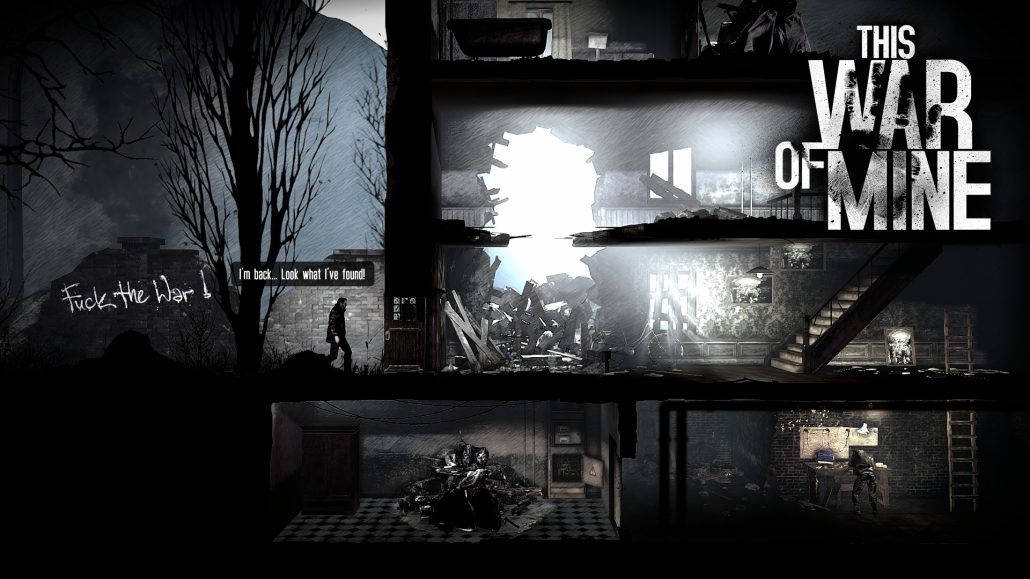
If you don’t follow any of these standards, you probably won’t make a plot-focused game. Luckily, the Plot has the most overlaps with conventional storytelling.
So, if you’re making a plot-centric game, just write a description of your plot and share it with people. Do they think that your twist is fantastic, that your tale is meaningful? If it’s not, it’s back to the drawing board.
While the plot can be the most isolated part of the Trinity, if you’re going to have a twist, and especially if there’s something you’re trying to say about your game, try to integrate it into the mechanics as well.
“Papers, Please” would be useless as a story if it weren’t a story about deciding when to break the rules, told through a game about strictly following the rules.
The role of the plot in delivering an amazing narrative game design is usually overrated. You could leave players dumbfounded and waiting for a sequel with a very simple plot, provided that we have done a good job with characters or even lore.
Character: The Actors of Your Narrative Design
In direct contrast to the story, to add character to your characters, it’s important that every member of your team is working closely together from the get-go.
The first experience of each character by the player is going to be the visuals. What are they resembling? A brave warrior? The magical warlock? A Handsome Rogue? The look will give your players the first impression of them.
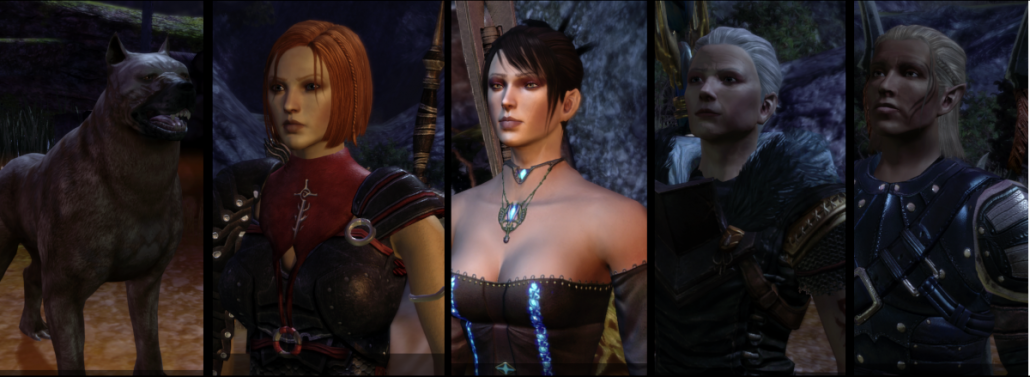
Along with that, how the characters walk, what they wear, and how they talk is going to tell a lot about who they are. Now, that doesn’t mean you’re never allowed to play against the norm.
In reality, you ought to have a lot of time. But the graphics will still be a major part of determining the norm you’re playing against.
No matter what you do, the art department will literally save you thousands of words when it comes to giving personality to the characters. But make sure that you’re in touch with them.
The Relation Between Character Mechanics and Narrative Game Design
First up is character mechanics. We’ve talked about this before, but your player is going to spend the vast majority of the game not in text boxes or scenes, but they’re going to be out there doing stuff.
The role and function of a character tell a lot about who they are. Imagine if Junkrat had the mechanics of Soldier 76. The character wouldn’t have been the same even remotely.
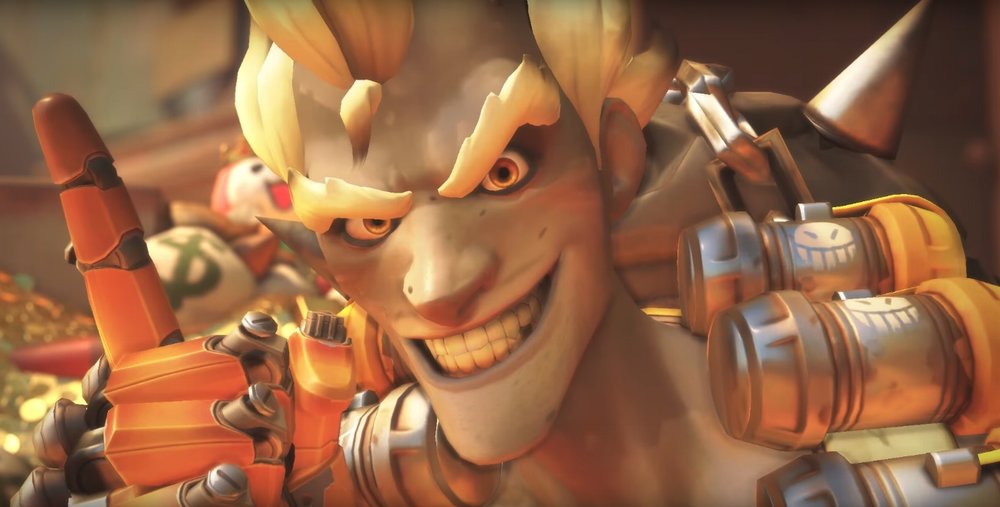
In addition, think carefully about their casual lines, and the things that your characters call out during the gameplay. These are very important in the game writing. Your players can hear more than anything else in the game.
When you’re designing a game narrative design, spend time thinking about who these characters really are. Not just what they do or what their position is in your world, but who are they? What are their hopes and their dreams? What are the failures? Who was there when all this was swept up? And what do they think about what’s going on here?
Then think about how they’re going to incarnate all those things. Are they talking about their issues, or are they locked up? Are they reacting too fast? or do they ponder about stuff for too long?
It’s the minute details, not the general things, that give character to your characters. So you have to find them.
Lore: Add Depth to Your Game World
And finally, we get to my favorite part of writing for games, the lore. If the game is more about being a part of a living world than really having a conventional story, you literally have to find all the space in which you can work.
This means not just object notes, in-game books, and splash screens. The very world of your game itself needs to produce that kind of stuff.
A destroyed palace? It can’t just be any ruined palace. It’s got to have a past and a justification for being in ruins, and your level design should reflect that. Have an old knightly order suit of armor? It must have their symbol on it. And also everything else that comes from that order.
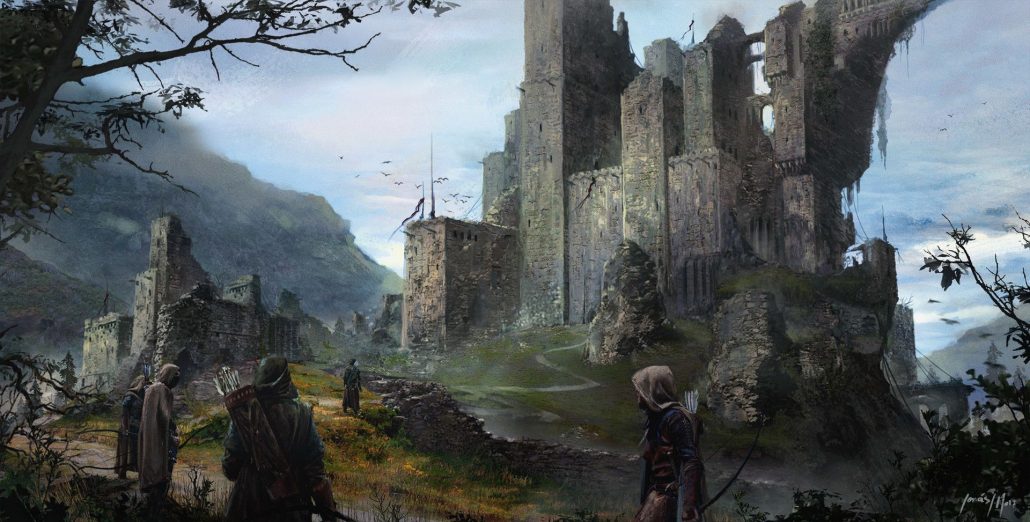
All need to be precise, and accuracy is important. This is why the Story Bible is so vital. I’ve found that when it comes to delivering plot- or character-driven games, authors can often really get distracted by going too far into the universe and coming up with big backstories that they’ll never be able to offer in-game.
However, if you can avoid that pitfall and still note that the player doesn’t really know all the information that you’ve never actually told them, then the story bibles are really helpful no matter what kind of plot you’re making. But they are a must-have in lore-driven games.
Use a Story Bible to Keep Track of Everything
Write everything out, know your world intimately, put everything in as much depth as you can, and most importantly, put everything together in a way that’s easily searchable so that any time someone on the team works on it, it’s all clear and coherent.
To know more about the story bibles and how to write them, read this concise article.
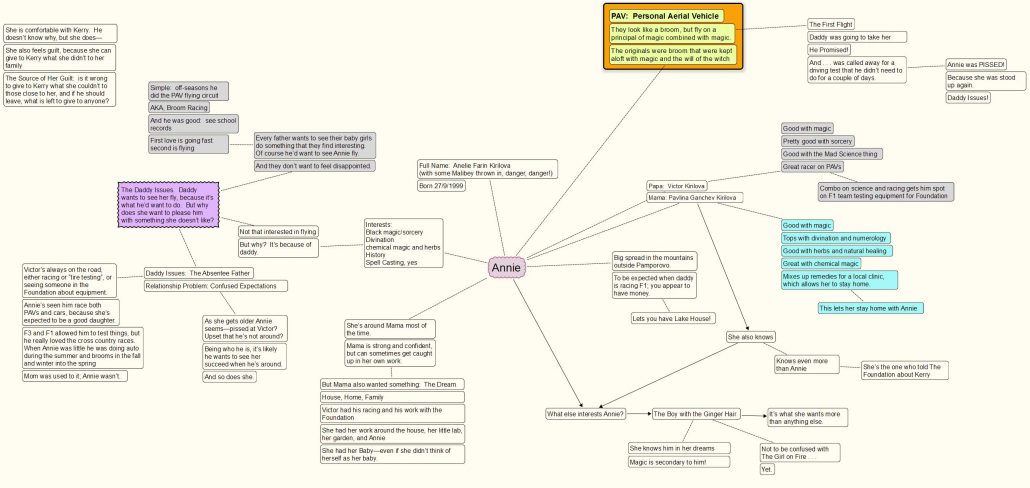
So those are the Trinity of the game writing: Plot, Character, and Lore. Almost every game will have any of the three, but I’d bet 90 percent of the games you’ve played have excellent writing in either one or two parts of the Trinity.
Conclusion
We could discuss the topic of game narrative for hundreds of pages, and we still won’t be able to say it all. We barely scratched the surface. But I hope we managed to pique your interest enough to continue learning about it on your own.
And who knows, maybe we’ll do another article about writing for games in the future!
Were there any games that you played mainly because of its story? Just to see what happens? Are there any story-driven games you’d like to suggest to us and our readers?
Leave a comment below and let us know!
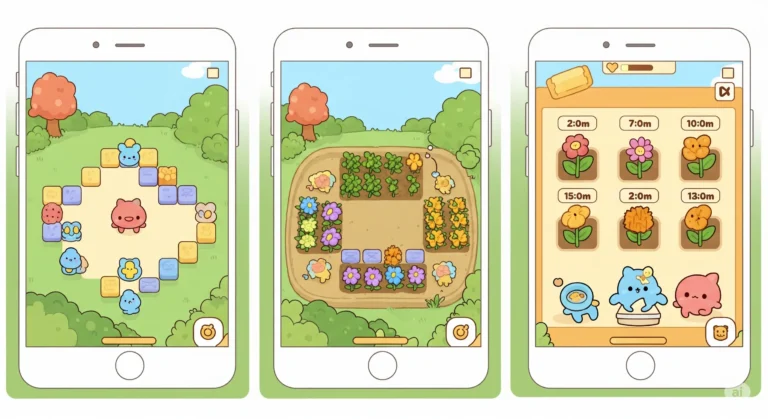

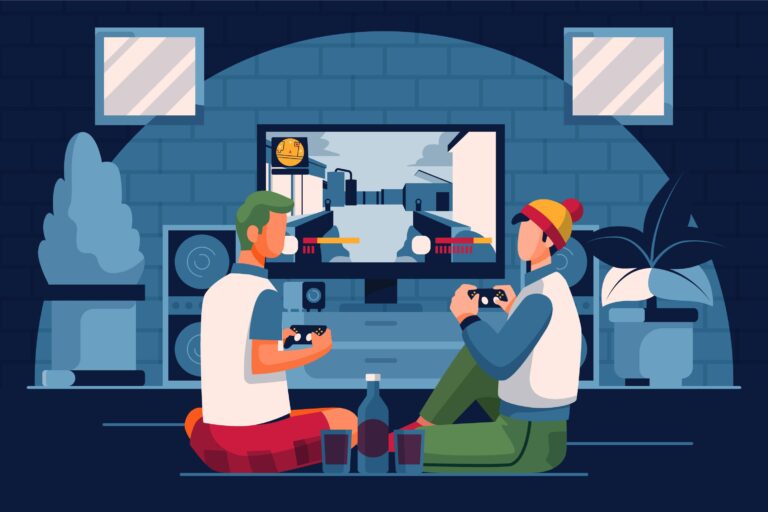
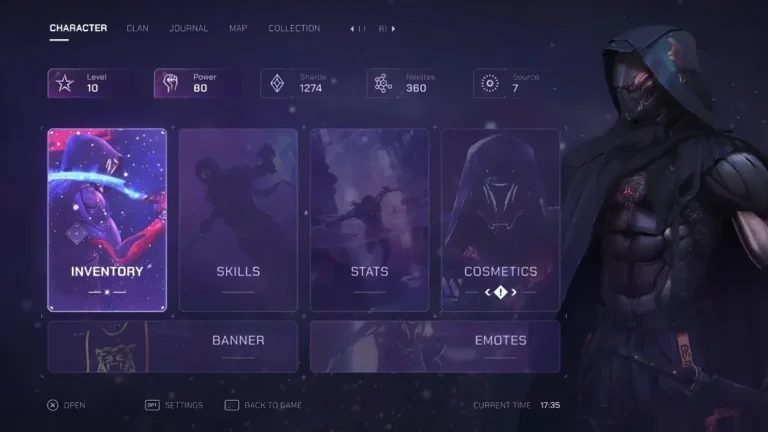

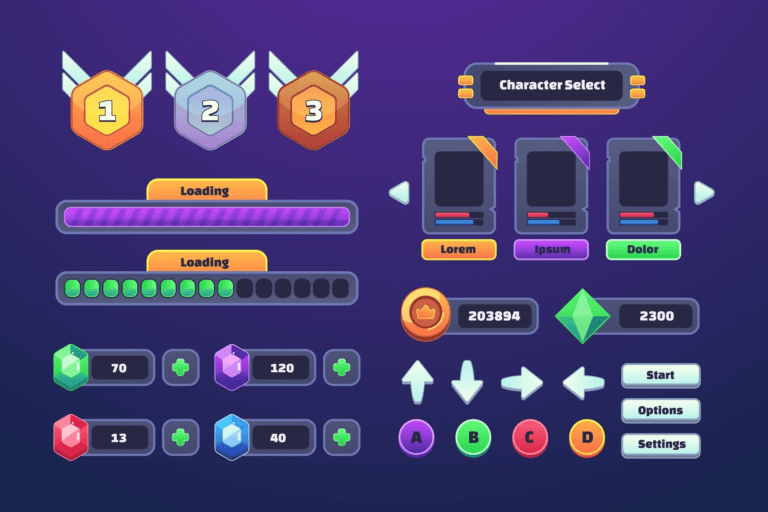
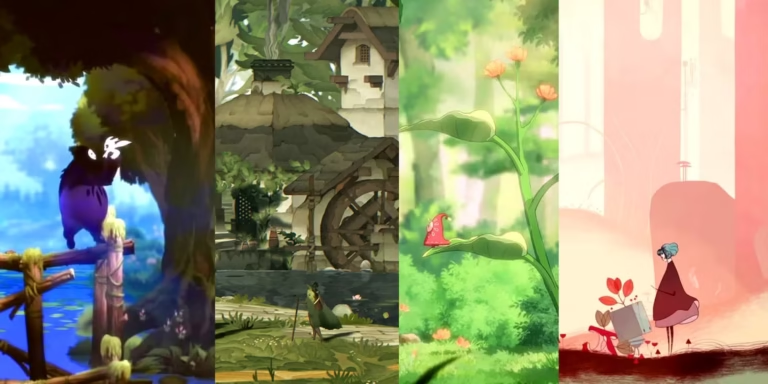
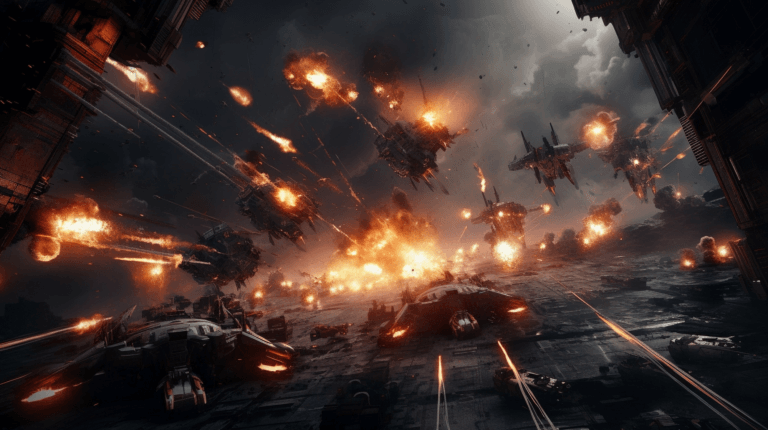

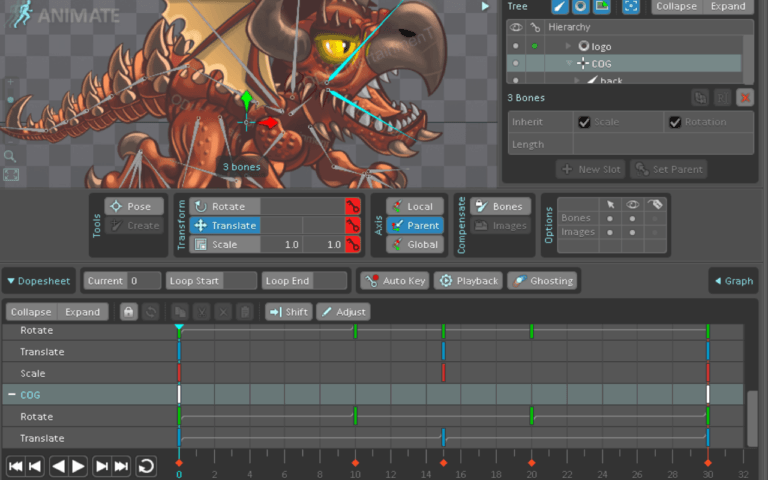



5 Responses
Glad you liked it 🙂
Thx Maria, We have all sorts of cool posts coming up, make sure to check back soon!
I truly appreciate this article. Thank you!
You make a solid argument! Do u have anything about the relation of Narrative Designers with the rest of the game development team?
I believe this post could have what you’re looking for.
Cheers!